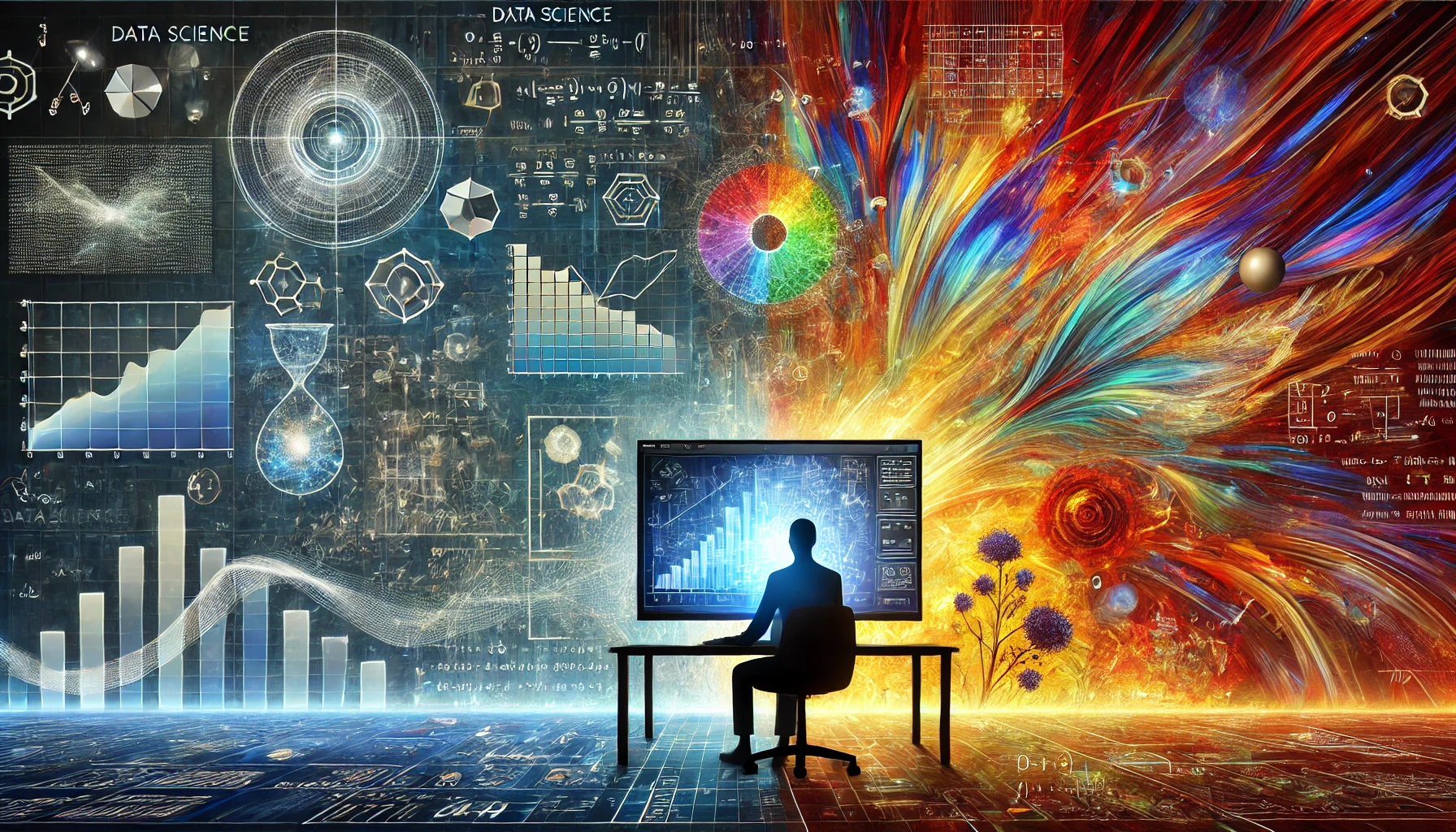Data science is often seen as a purely technical field—rooted in mathematics, statistics, and programming. However, as organizations increasingly rely on data-driven decisions, a more nuanced debate emerges: Is data science more art than science? While the field is built on scientific principles, the creative and interpretative elements of data storytelling, feature engineering, and model tuning suggest that art plays a crucial role. Let’s explore this dual nature of data science and uncover whether it leans more towards art or science.
The Scientific Backbone of Data Science
Mathematics and Statistics
Data science relies heavily on mathematical models, probability theory, and statistical methods to extract meaningful insights. Hypothesis testing, regression analysis, and probability distributions form the backbone of data-driven decisions.
Algorithms and Machine Learning
Building predictive models requires a deep understanding of supervised and unsupervised learning techniques, reinforcement learning, and deep learning. These methods rely on structured, repeatable processes, much like scientific experiments.
Data Engineering and Processing
Data collection, cleaning, and transformation follow a systematic pipeline to ensure the reliability and integrity of datasets. Just like in laboratory experiments, data must be prepared carefully before analysis.
Experimentation and Validation
Data scientists use A/B testing, cross-validation, and hypothesis testing to ensure that models perform accurately and generalize well. These practices mirror the scientific method, emphasizing hypothesis formulation, experimentation, and validation.
The Artistic Side of Data Science
Feature Engineering: The Art of Choosing the Right Variables
Raw data rarely comes in a perfectly structured format. Data scientists must creatively select, transform, and engineer new features that enhance predictive power. This process requires intuition, domain knowledge, and experimentation.
Data Storytelling and Visualization
Numbers alone don’t drive change—stories do. Communicating insights effectively through dashboards, visualizations, and narratives is an art form. A skilled data scientist knows how to craft compelling stories using charts, graphs, and reports to influence business decisions.
Handling Uncertainty and Ambiguity
Real-world data is messy, incomplete, and often inconsistent. Making sense of ambiguous data requires creativity, problem-solving skills, and the ability to fill in the gaps intelligently.
Tuning Models and Hyperparameters
While machine learning models are based on scientific principles, fine-tuning them requires intuition and trial-and-error experimentation. Choosing the right parameters is not always straightforward and often involves artistic judgment.
Domain Knowledge and Contextual Awareness
Every dataset exists within a larger context—whether it’s healthcare, finance, marketing, or any other field. Understanding the nuances of a domain and applying data science techniques appropriately requires expertise beyond pure science.
Striking the Right Balance
Neither art nor science alone defines data science—it thrives at the intersection of both. The best data scientists possess a strong foundation in mathematics and programming while embracing creativity and intuition. Here’s how to strike the right balance:
- Develop a strong foundation in scientific principles: Master statistical methods, algorithms, and data engineering practices.
- Cultivate creativity: Experiment with new techniques, explore unconventional features, and think outside the box.
- Embrace storytelling: Learn how to communicate insights effectively through compelling visualizations and narratives.
- Understand business and domain expertise: Data without context is meaningless. Apply scientific rigor while considering industry-specific challenges and opportunities.
Challenges in Balancing Art and Science
Despite its dual nature, data science faces challenges in maintaining the balance between scientific accuracy and creative interpretation. Some common challenges include:
- Bias in Data: Data can be biased, and interpreting it without acknowledging biases can lead to misleading conclusions.
- Overfitting vs. Underfitting: Finding the right balance between model complexity and generalization is an ongoing challenge.
- Interpretable vs. Black Box Models: Some models provide high accuracy but lack explainability, making it difficult to interpret results.
Final Verdict: A Fusion of Art and Science
So, is data science more art than science? The answer lies somewhere in between. While its foundation is undeniably scientific, its execution demands creativity, intuition, and storytelling. In an ever-evolving landscape, the best data scientists are those who seamlessly blend scientific precision with artistic innovation.
In the end, data science is not just about crunching numbers—it’s about crafting meaningful stories from data and enabling smarter decisions. And that is both an art and a science.

